[vc_row][vc_column width=”1/4″ offset=”vc_hidden-xs”][vc_widget_sidebar sidebar_id=”sidebar-main”][/vc_column][vc_column width=”3/4″][vc_column_text]
The financial industry, and the way your money is treated, is about to be forever changed on June 9th. If this happens to be news to you, rest assured it will be changed for the better in a vast majority of the cases. Given the sweeping changes caused by what I call “the hat rule” (explanation forthcoming), I felt compelled to document and share my thoughts on the topic as it is my civic duty to spread awareness and my role as an advisor to explain the impact it will have in my industry.
First, let me provide a little background for the uninformed. Over the years, the Securities and Exchange Commission failed to raise public awareness or provide clarity on the role of a financial advisor (which is no surprise since the SEC is really just an agency ran BY Wall Street FOR Wall Street). This inaction prompted the Obama administration through the Department of Labor (DOL) to enact a law (the “hat rule”) to impose a fiduciary standard on financial advisors working with retirement accounts. What is shocking about the DOL rule is that it applies only to your retirement accounts (IRA, 401k, etc.), but not necessarily to your other types of accounts in the hands of financial professionals. While this was certainly an odd way to go about it, the ruling is still slated to be fully in force on June 9th.
As is par for the course for my industry, confusion arises simply by having applied fancy names to basic concepts. While financial advisors may carry many different titles, (such as investment advisor, financial planner, account executive or financial consultant)- none of these labels provide any clarification as to what role they are playing in regards to their service to you. It could easily be simplified by understanding that ultimately it boils down to wearing one of two hats.
The two hats that can be worn by an advisor is that of fiduciary, which we’ll simply call the “Cowboy hat,” or that of salesperson which we’ll refer to as the “top hat.” The legal definition of a fiduciary is a person who holds a legal or ethical relationship of trust with one or more other parties. If your advisor is truly an advisor, they will be properly credentialed (as a CFA I am bound to wear the cowboy hat) and will take the responsibility that comes with being a fiduciary. On the other hand, much like one who would sell a car, a financial consultant that is truly just a salesman (wearing the top hat) will help you pick out colors, features and such and make sure that it’s right for you – but once you drive that car off the lot – it’s yours.
I do want to make it clear that in my opinion, I don’t believe anything is innately wrong with the top hat set up. Many investors are fully capable to operate as their own fiduciary and make their own decisions but just need a salesman to handle the transaction, not a cowboy to do the work. The problem is the way it’s implemented in the industry. Most people intuitively understand that a lawyer can’t represent both sides of a lawsuit. Yet, this is exactly what happens in a lot of sales situations in our financial industry. The account executive that sells you mutual funds or an annuity is paid from that mutual fund or annuity company. Think about that for a second – he’s representing BOTH sides of the transaction! For what it’s worth, I’m not all opposed to brokers receiving commissions for transactions whether it’s for a retirement account or not. It’s the misrepresentation by annuity and mutual fund salesman and the lack of clarity that they are no cowboy that is wrong, in my humble opinion.
My concern with this fiduciary ruling that falls short in requiring that cowboy hats be worn at all times with all accounts. By pushing it through as a quick fix, it is possible that the law won’t bring about its intended consequences. In fact, if it turns out like most attempts at government intervention the situation could be made worst. What I see happening for now in some cases is simply more forms, more disclosures and paperwork to “paper over” these new regulations. They will all have language to indicate (and which the customer will skip over) that they are in fact, not going to put on a cowboy hat. The intent is all good, but the better results will come when we can teach people the simple questions to ask to uncover what type of hat their advisor is wearing. As for me, and all my FEG peers, we are all proud, cowboy hat wearin’ folk. Giddy up.
Disclaimer: Do not construe anything written in this post or this blog in its entirety as a recommendation, research, or an offer to buy or sell any securities. Everything in this post is meant for educational and entertainment purposes only. I or my affiliates may hold positions in securities mentioned in the blog. Please see my Disclosure page for full disclaimer.
[/vc_column_text][/vc_column][/vc_row][vc_row][vc_column offset=”vc_hidden-lg vc_hidden-md vc_hidden-sm”][vc_widget_sidebar sidebar_id=”sidebar-main”][/vc_column][/vc_row]



